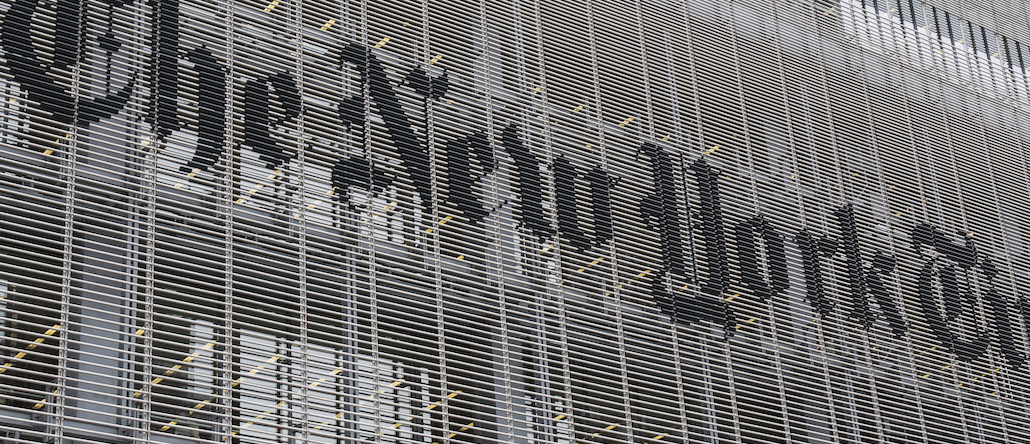Save 50% on a 3-month Digiday+ membership. Ends Dec 12.

For two months in a row, The Washington Post has overtaken The New York Times in Web traffic, with 71.6 million visitors in November to the Times’ 68.8 million, according to comScore. The Post has embarked on an aggressive strategy to unseat the Times as the “publication of record,” focusing on social media, viral stories and other schemes to promote its content nationally. But while traffic growth is an important indicator of a publication’s ability to expand its audience, it doesn’t say anything about the ability to keep or monetize said audience.
When it comes to actually making money, the Times has a headstart (though The Times is playing a different game; it has a bigger international footprint and more developed subscription model). ComScore doesn’t have global mobile measurements, but for desktop only, it shows the Times at 41 million worldwide uniques in November to the Post’s 26.4 million. With those caveats, here are five other ways to look at the rivalry:
Social reach
Both the Times and Washington Post have grown their Facebook bases significantly over the past year, the Times adding 16 percent and the Post, 23 percent. The Times still has a much bigger Facebook fandom (10.3 million for its main page) than the Washington Post (3.7 million), which means a bigger base of people to potentially see its articles and videos.
Advantage: Times
Demographics
When a site grows its traffic, it can raise suspicions that the audience quality has eroded. Despite growing its traffic 65 percent this past year, the Post still has attractive demographics, similar to the Times’. Their visitors skew 25 to 34 and having household income above $60,000. The Post’s rapid growth hasn’t just been from drive-by traffic; visitors averaged 14.1 minutes on site in October, just slightly behind The Times, per comScore.
Tie
Subscriptions
Both are ultimately trying to grow their digital subscriber bases, and while the Post doesn’t share its numbers, it’s safe to say the Times is winning. The Post is still focused on expanding its top-of-the-funnel audience, and to help get there, is heavily discounting subscriptions. The Times has a big headstart here, charging higher sub prices and having passed the 1 million subscriber mark earlier this year.
Advantage: Times
Video
Publishers have been shoveling money into video, which is still one of the few areas they can still charge high ad rates. Viewership by publishers can vary widely, depending on number of videos published, length and how they’re promoted. Here, the Times is the clear winner. The Times, relying primarily on YouTube, posted almost one and a half times the number of videos (8,757) in the past year as the Post (5,413), which mostly used Facebook. The Times’ videos also got about three times the number of views (354 million) as the Post’s (121 million). The Times also commands a much higher CPM for its video, one buyer having been quoted a $94 CPM for preroll compared to $40 for the Post.
Advantage: Times
Native advertising
Advertiser demand for branded content is still going strong, and both publications have been pushing hard in this area. Since launching their native efforts two years ago, both publications’ output has been well received by advertisers and is contributing 15 percent of total ad revenue, according to estimates. Both are operating at different scales, though: the Post has a branded content staff of about 23 and has created about 73 native ad campaigns so far. The Times has 60 people in its T Brand Studio, and has created 88 campaigns so far.
Tie
More in Media

Meta enters AI licensing fray, striking deals with People Inc., USA Today Co. and more
The platform has secured seven multi-year deals with publishers including CNN, Fox News, People Inc., USA Today Co to incorporate their content into its large language model (LLM) Llama.

European publishers say the Digital Omnibus ‘cookie fix’ leaves them worse off
The European Union’s attempt at a legislative spring clean for Europe’s web of data privacy rules, has landed flat with publishers.

Digiday+ Research Subscription Index 2025: Subscription strategies from Bloomberg, The New York Times, Vox and others
Digiday’s third annual Subscription Index examines and measures publishers’ subscription strategies to identify common approaches and key tactics among Bloomberg, The New York Times, Vox and others.





